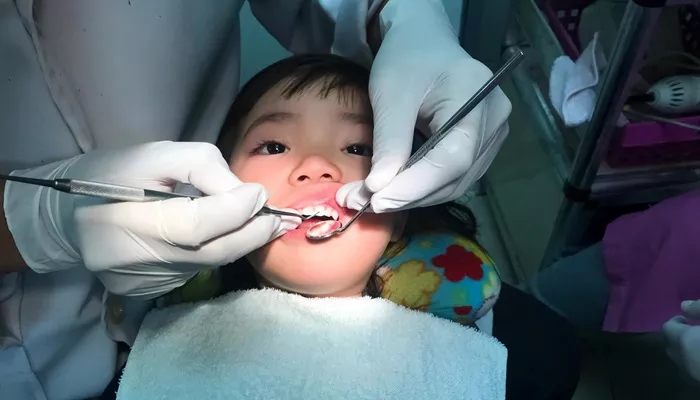Tooth extraction is a common dental procedure performed by pediatric dentists to remove a child’s tooth from its socket in the jawbone. While the thought of extraction can be intimidating for both children and parents, understanding the process can help alleviate fears. This article provides a detailed overview of how pediatric dentists extract teeth, the reasons for extraction, and what to expect before, during, and after the procedure.
Reasons for Tooth Extraction
Pediatric dentists may recommend tooth extraction for several reasons:
Severe Tooth Decay: When a tooth is extensively decayed and cannot be restored with fillings or crowns, extraction may be necessary to prevent infection and further complications.
Trauma or Injury: Accidents can lead to chipped, cracked, or completely detached teeth that may require extraction if they cannot be repaired.
Overcrowding: In some cases, primary teeth do not fall out naturally, causing permanent teeth to become misaligned.
Extraction can create space for proper alignment.
Orthodontic Treatment: To facilitate orthodontic procedures, such as braces, extractions may be needed to reduce crowding and allow for proper alignment of teeth.
Preparing for Tooth Extraction
Preparation is key to ensuring a smooth extraction process. Here are steps that parents can take:
Open Communication: Discuss the procedure with your child in an age-appropriate manner. Explain what will happen during the extraction and reassure them that they will not feel pain.
Comfort Items: Encourage your child to bring along their favorite toy or book to provide comfort during the appointment.
Discuss Sedation Options: Depending on your child’s anxiety level, discuss sedation options with the dentist. Nitrous oxide (laughing gas) is often used to help children relax during the procedure.
The Extraction Procedure
The tooth extraction process typically involves several steps:
1. Initial Assessment
Before the extraction, the dentist will conduct a thorough examination of your child’s mouth, which may include taking X-rays to assess the tooth’s position and root structure.
2. Anesthesia Administration
To ensure your child feels no pain during the procedure, local anesthesia is administered. This numbs the area around the tooth being extracted. In some cases, nitrous oxide may also be used to help your child feel more relaxed.
3. Loosening the Tooth
Once the area is numb, the dentist uses an instrument called an elevator to gently rock and loosen the tooth from its socket.
This step helps detach the periodontal ligaments that hold the tooth in place.
4. Extraction of the Tooth
After loosening, the dentist will use forceps to carefully remove the tooth from its socket. The dentist may need to rotate or move the tooth back and forth to facilitate its removal.
5. Post-Extraction Care
After extracting the tooth, gauze is placed over the socket, and your child will be instructed to bite down gently. This helps control bleeding and promotes clot formation in the socket.
Follow-Up Care After Extraction
Proper aftercare is crucial for a smooth recovery following a tooth extraction:
Bleeding Control: Keep gauze in place for about 30 minutes after leaving the office. If bleeding persists, replace it with a new piece of gauze.
Pain Management: Over-the-counter pain relievers like ibuprofen or acetaminophen can help manage discomfort after anesthesia wears off.
Dietary Restrictions: For at least 24 hours post-extraction, encourage your child to consume soft foods such as yogurt, applesauce, or ice cream. Avoid hard or crunchy foods that could dislodge any blood clots.
Hygiene Practices: Avoid rinsing or spitting forcefully for 24 hours to prevent dislodging blood clots. After this period, gentle rinsing with warm salt water can help keep the area clean.
Monitor for Complications: Watch for signs of infection or complications such as increased swelling or persistent pain beyond normal recovery time.
Conclusion
Tooth extractions are a routine part of pediatric dentistry aimed at maintaining children’s oral health. Understanding each step of the process can help ease anxiety for both children and parents alike. By preparing adequately and following post-extraction care guidelines, families can ensure a positive experience during this common dental procedure.
If you have any concerns regarding your child’s dental health or need further information about tooth extractions, consult with a pediatric dentist who specializes in caring for children’s dental needs.
Related topics:

